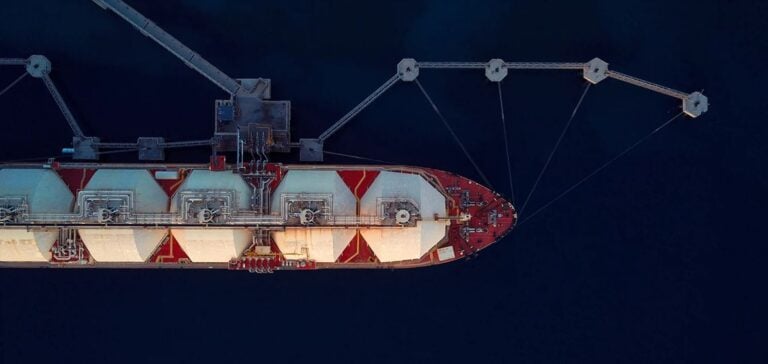Gas projects under development in Guyana and Suriname are attracting significant interest in the energy sector. According to a recent report by Wood Mackenzie, these two South American countries could emerge as notable players in the global liquefied natural gas (LNG) market by the 2030s. This potential is based on identified reserves in the Haimara cluster in Guyana and Block 52 (Sloanea) in Suriname, with an estimated 13 trillion cubic feet (tcf) of non-associated gas.
According to Wood Mackenzie’s analysis, projected production could reach 12 million tonnes per year (mmtpa) of LNG, partially meeting projected global needs. This production is expected to be economically viable with a breakeven cost, excluding transportation and regasification fees, around $6 per million Btu (FOB NPV10 breakeven). This competitiveness is driven by high productivity at the wells and the experience of upstream partners in LNG commercialization.
A Strategic Supply to Meet Global Demand
The report highlights a 105 mmtpa LNG supply gap by 2035, necessitating the completion of several final investment decisions (FID) globally to bridge this shortfall. The developments in Guyana and Suriname are well-positioned in this context, with a competitive edge in transportation costs to supply the Caribbean and South American markets. These projects offer a viable alternative to American and Qatari supplies, which currently dominate the market.
Amanda Bandeira, an analyst at Wood Mackenzie, notes that the rapid growth of export capacity from the United States and Qatar may be tempered by temporary restrictions in the United States. In particular, pauses on new LNG export permits imposed by the Biden administration open a window for Guyana and Suriname as alternative sources to meet demand in Southeast Asia.
Challenges and Uncertainties in Commercial Structuring
Despite this optimism, several obstacles could delay the realization of gas projects in these two countries. In Suriname, fiscal conditions for non-associated gas are not yet finalized. However, an agreement with project partners has been reached for a ten-year tax exemption, favoring the start of the project by 2031.
The situation in Guyana appears more complex, as discussions around fiscal terms and commercial structure remain at an earlier stage. Any divergence between the government and upstream partners could delay gas production beyond the anticipated 2031 start date.
A Growth Potential for the Region
As emerging countries in the LNG sector, Guyana and Suriname represent a strategic opportunity for the South American and Caribbean region. Beyond cost competitiveness, these projects benefit from the expertise of the involved operators, which could support their success in a high-demand market. As global energy market conditions evolve, the development of this infrastructure could reposition both countries as key suppliers for the coming decades.






















